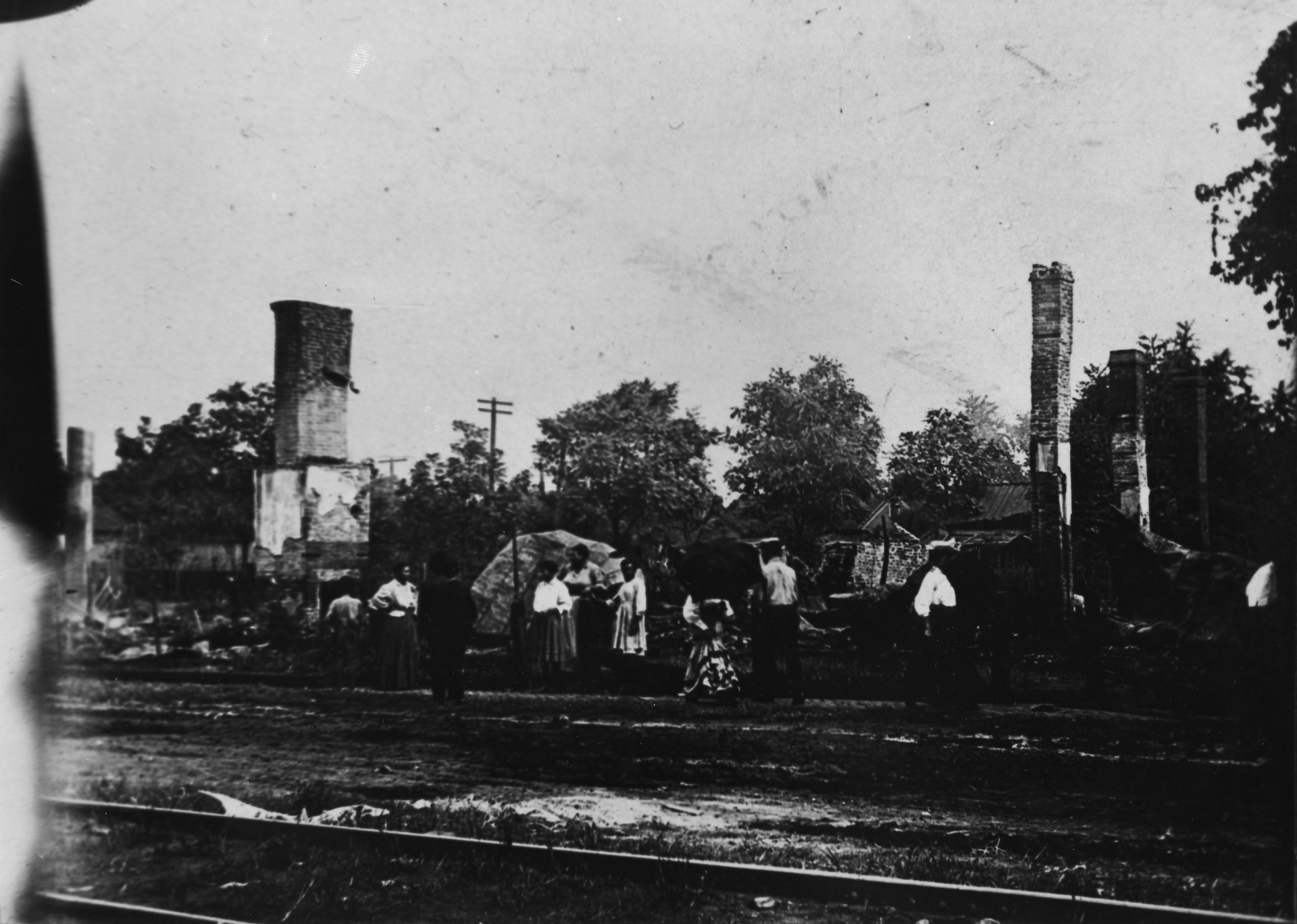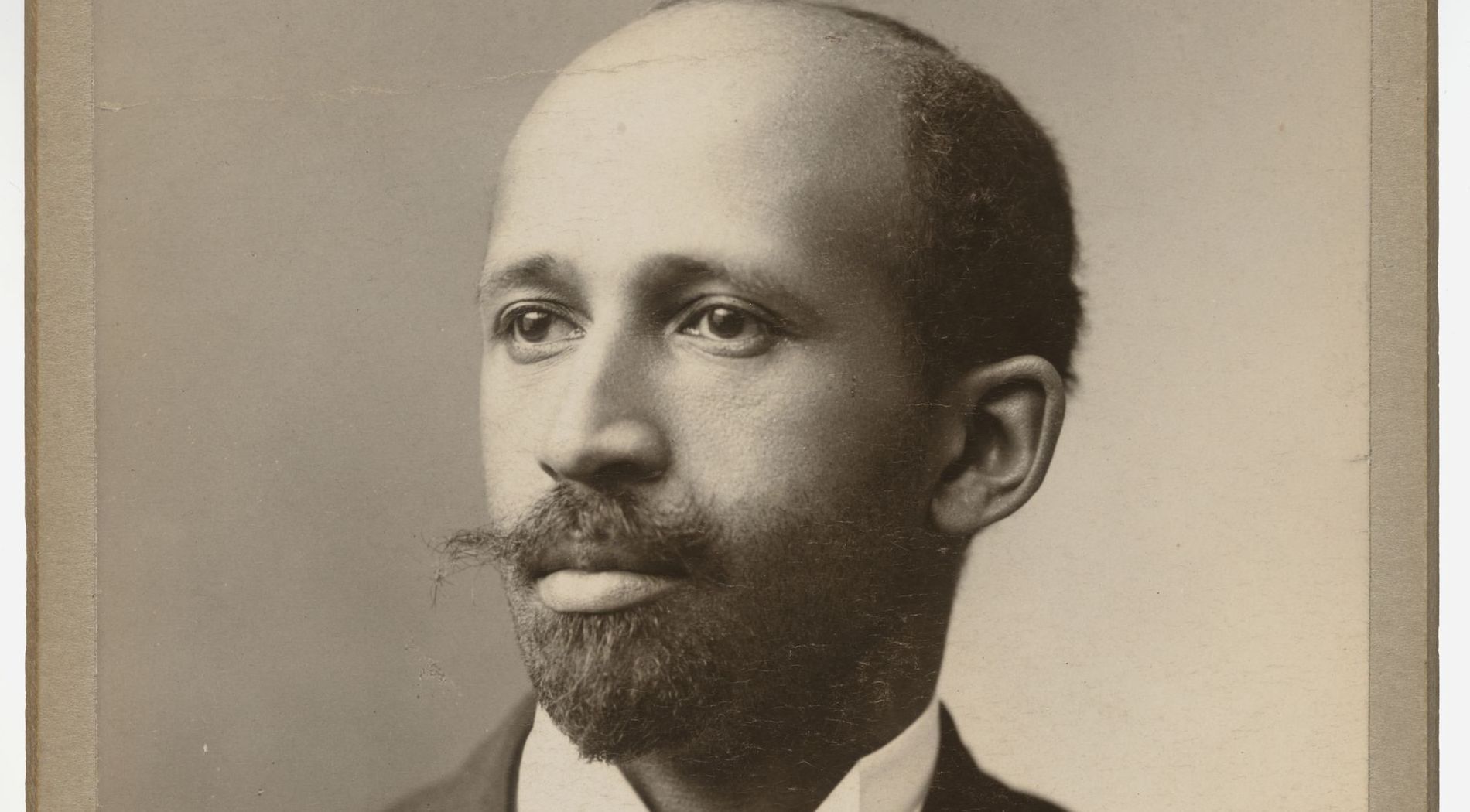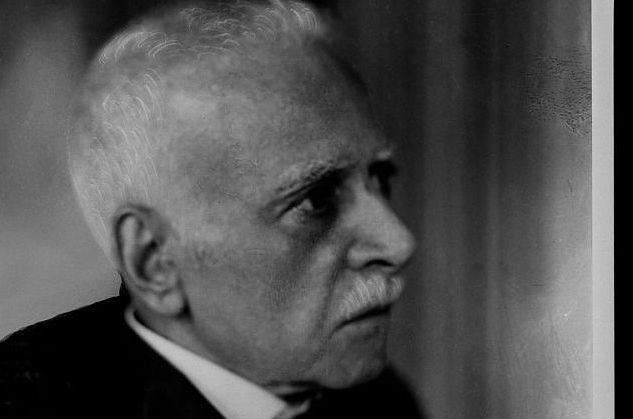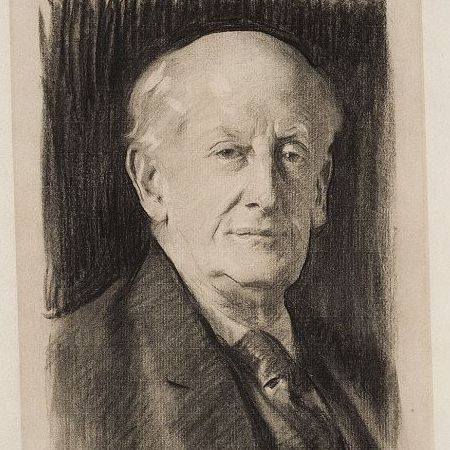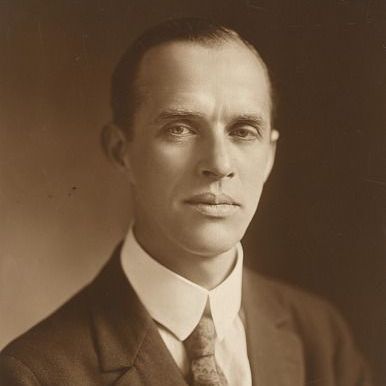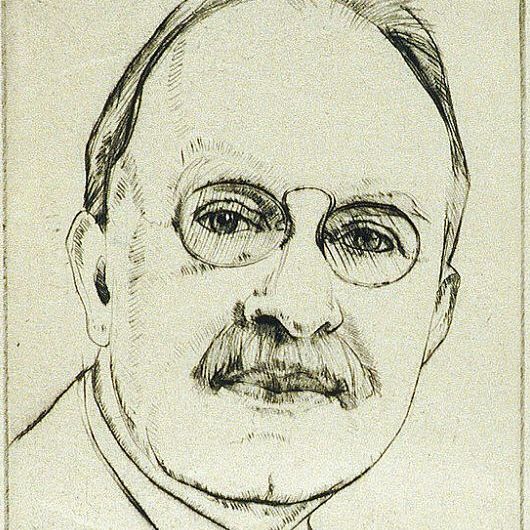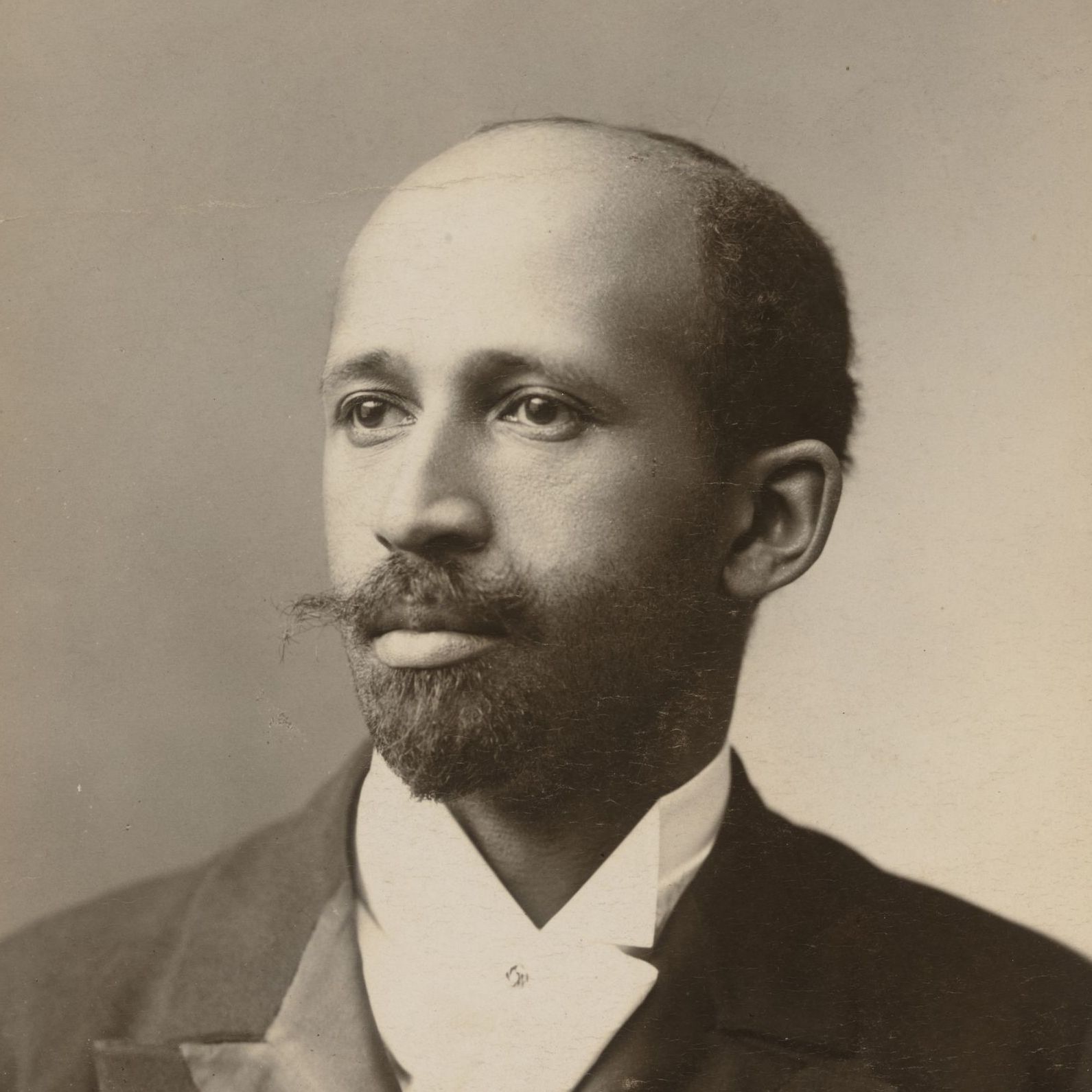HISTORY OF THE MISSOURI NAACP
The NAACP was officially incorporated in 1911.
The association’s charter delineated its mission:
To promote equality of rights and to eradicate caste or race prejudice among the citizens of the United States; to advance the interest of colored citizens; to secure for them impartial suffrage; and to increase their opportunities for securing justice in the courts, education for the children, employment according to their ability and complete equality before law.
HOW IT ALL STARTED
The Race Riot of 1908 in Springfield, Illinois, the state capital and President Abraham Lincoln’s hometown, was a catalyst showing the urgent need for an effective civil rights organization in the U.S. The rate of lynchings of black men at the turn of the century was also at a high. Mary White Ovington, journalist William English Walling and Henry Moskowitz met in New York City in January 1909 to work on organizing for civil rights. They sent out solicitations for support to more than 60 prominent Americans, and a meeting date was set for February 12, 1909. This was intended to coincide with the 100th anniversary of the birth of President Abraham Lincoln, who emancipated enslaved African Americans. While the first large meeting did not take place until three months later, the February date is often cited as the founding date of the organization.
-
African-American residents standing near some of the residences burned during the race riot.
ButtonCourtesy of the Sangamon Valley Collection, Lincoln Library, Springfield, IL
-
Illinois National Guard soldiers on duty among burned out residences.
ButtonCourtesy of the Sangamon Valley Collection, Lincoln Library, Springfield, IL
-
Businesses in the 700 block of East Washington destroyed during the race riot.
ButtonCourtesy of the Sangamon Valley Collection, Lincoln Library, Springfield, IL
-
Home of William Donnegan where he was lynched on Aug. 15, 1908.
ButtonCourtesy of the Sangamon Valley Collection, Lincoln Library, Springfield, IL
THE BIRTH OF A MOVEMENT
The NAACP was founded on February 12, 1909, by a larger group including African Americans W. E. B. Du Bois, Ida B. Wells, Archibald Grimké, and the previously named whites Henry Moskowitz, Mary White Ovington, William English Walling (the wealthy Socialist son of a former slave-holding family), Florence Kelley, a social reformer and friend of Du Bois; Oswald Garrison Villard, and Charles Edward Russell, a renowned muckraker and close friend of Walling. Russell helped plan the NAACP and had served as acting chairman of the National Negro Committee (1909), a forerunner to the NAACP.
THE MOVEMENT CONTINUES
On May 30, 1909, the Niagara Movement conference took place at New York City’s Henry Street Settlement House; they created an organization of more than 40 individuals, identifying as the National Negro Committee. Du Bois played a key role in organizing the event and presided over the proceedings. Also in attendance was African-American journalist and anti-lynching crusader Ida B. Wells-Barnett. Its first President was Moorfield Storey, a white attorney from Boston. Storey served as the president of the NAACP from its founding to 1915. Storey consistently and aggressively championed civil rights, not only for blacks but also for Native Americans and immigrants (he opposed immigration restrictions).
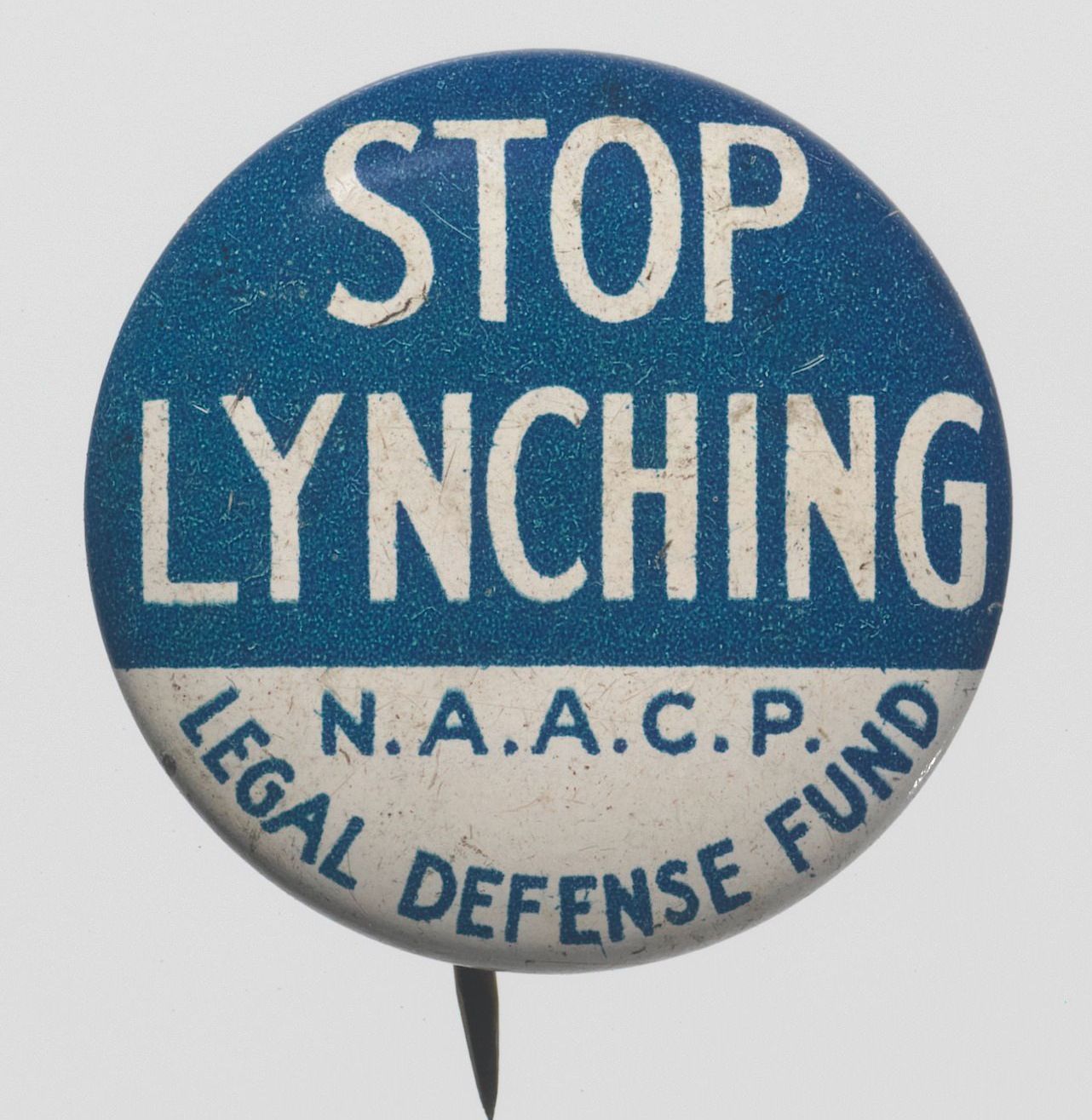
-
Moorfield Storey
ButtonNational Portrait Gallery, Smithsonian Institution; partial gift of James Moorfield Storey, 1917
-
William English Walling
ButtonNational Portrait Gallery, Smithsonian Institution; gift of Richard E. Kremer
c. 1918
-
Oswald Garrison Villard
ButtonNational Portrait Gallery, Smithsonian Institution 1932
-
John E. Milholland
Button -
Frances Blascoer
Button -
W.E.B. Du Bois
Button
SET IN STONE
At its second conference on May 30, 1910, members chose as the organization’s name the National Association for the Advancement of Colored People and elected its first officers:
- National President, Moorfield Storey, Boston
- Chairman of the Executive Committee, William English Walling
- Treasurer, John E. Milholland (a Lincoln Republican and Presbyterian from New York City and Lewis, New York)
- Disbursing Treasurer, Oswald Garrison Villard
- Executive Secretary, Frances Blascoer
- Director of Publicity and Research, W. E. B. Du Bois.
The larger conference resulted in a more diverse organization, where the leadership was predominantly white. At its founding, the NAACP had one African American on its executive board, Du Bois. The organization did not elect a black president until 1975, although executive directors, the chief operating officers had been African Americans for decades.
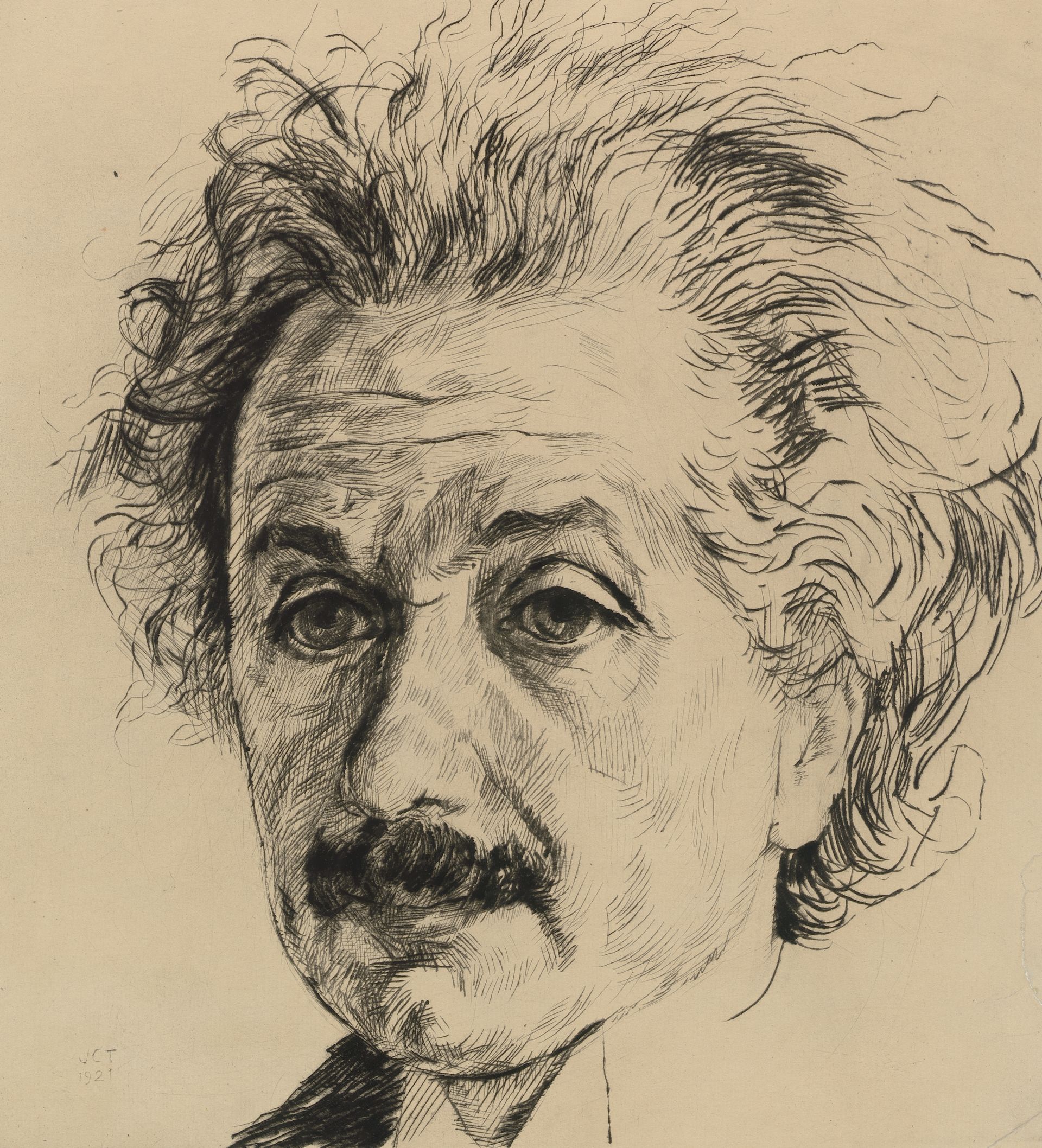
THE COMMUNITY EXPANDS
The Jewish community contributed greatly to the NAACP’s founding and continued financing. Jewish historian Howard Sachar writes in his book A History of Jews in America that “In 1914, Professor Emeritus Joel Spingarn of Columbia University became chairman of the NAACP and recruited for its board such Jewish leaders as Jacob Schiff, Jacob Billikopf, and Rabbi Stephen Wise.” Additional Jewish-American founding members included Julius Rosenwald, Lillian Wald, and Rabbi Emil G. Hirsch. As a member of the Princeton chapter of the NAACP, Albert Einstein corresponded with Du Bois, and in 1946 Einstein called racism “America’s worst disease”. Du Bois continued to play a pivotal role in the organization and served as editor of the association’s magazine, The Crisis, which had a circulation of more than 30,000.
THE ORGANIZATION TODAY
The fight for human dignity isn’t over. The NAACP on all levels continues to strive to be a leader in the field of civil rights and to serve the communities around us. The following statement of objectives is found on the first page of the NAACP Constitution – the principal objectives of the Association shall be:
- To ensure the political, educational, social, and economic equality of all citizens,
- To achieve equality of rights and eliminate race prejudice among the citizens of the United States,
- To remove all barriers of racial discrimination through democratic processes,
- To seek enactment and enforcement of federal, state, and local laws securing civil rights,
- To inform the public of the adverse effects of racial discrimination and to seek its elimination, and
- To educate persons as to their constitutional rights and to take all lawful action to secure the exercise thereof, and to take any other lawful action in furtherance of these objectives, consistent with the NAACP’s Articles of Incorporation and its Constitution.
STAY INFORMED
The best way to stay involved with the work of the NAACP is to stay informed.
Newsletters come out weekly and contain information about upcoming events, important actions, and notable people who keep our organization thriving.
Thank you for signing up to receive the Missouri NAACP newsletter.
We appreciate your support for the work of the organization!
Oops, there was an error submitting your sign-up.
Please try your submission again.
OUR PARTNERS
MENU
©2023 | All Rights Reserved | Missouri State Conference of the NAACP
Website powered by Neon One

